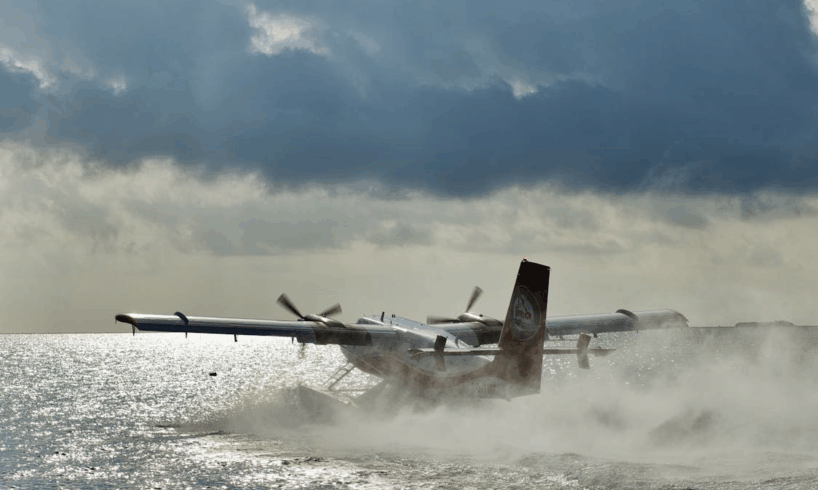
Flying over bodies of water brings unique challenges that go well beyond routine safety checks. In the rare event of a ditching or forced water landing, crews and passengers face hypothermia, disorientation and isolation until rescue arrives. Hands-on preparation and muscle-memory drills are essential to turn a crisis into a controlled evacuation.
Understanding overwater emergencies.
An unplanned water landing tests both equipment and human instinct. Cold temperatures, strong currents and the shock of immersion can overwhelm even experienced aviators. In that moment, familiarity with life vests, life rafts and signalling devices becomes essential.
During these rare but critical challenges, aviation professionals rely on two specialised programmes: water survival training and HUET training (Helicopter Underwater Escape Training). Each course builds the skills and confidence needed to respond decisively when every second counts. Training that simulates these conditions reduces panic and improves coordination, ensuring that crews can guide passengers through evacuation and await rescue safely.
Water survival training essentials
Water survival training focuses on actions immediately after ditching. Crews practise inflating and donning life vests, boarding life rafts in choppy water and operating distress signals such as flares and personal locator beacons. Training often takes place in pools or sheltered open-water sites where instructors can vary wave patterns and water temperatures to mirror real sea conditions. Participants learn to:
Conserve energy and maintain body heat
Deploy and manage life rafts under pressure
Prioritise the safety of passengers with limited swimming ability
Use communication tools to coordinate with rescue vessels
By repeating these exercises, crew members develop the muscle memory and calm mindset needed to act without hesitation.
The importance of HUET training
For personnel who fly to offshore platforms or island airstrips, helicopter emergencies require additional preparation. HUET training immerses trainees in underwater escape drills. Pilots, engineers and cabin attendants enter a submerged mock-up cabin that tilts and fills with water. Under instructor supervision, they practise:
Operating emergency breathing systems
Locating and opening escape hatches in zero visibility
Maintaining orientation in disorienting conditions
Exiting the fuselage and swimming clear of the wreckage
These realistic scenarios teach crews to control their breathing, think clearly under stress and support one another during escape.
Building confidence through realism
Both programmes stress realistic conditions and repeated practice. Instructors introduce unexpected variables, such as simulated equipment malfunctions or power disruptions, to test adaptability. After each drill, participants review performance, identifying strengths and areas for improvement. Over time, crews gain the assurance that they can respond confidently to any overwater scenario.
Keeping skills current
Completing water survival and HUET courses once is not enough. Regular recurrency ensures that skills remain sharp and that newer crew members gain the same competence. Airlines often partner with accredited providers for scheduled training blocks, combining online theory with hands-on sessions. Some use digital platforms to track certifications, automate refresher reminders and maintain audit-ready records, helping management demonstrate compliance and safeguard operations.
Conclusion
Overwater emergencies challenge both training and teamwork. By investing in comprehensive water survival training and HUET training, aviation operators equip their crews with the lifesaving skills required for any sea landing. Realistic drills build confidence and coordination, while ongoing recurrency keeps every team member prepared. In aviation, readiness means more than maintaining aircraft, it entails ensuring every person on board has the knowledge and practice to reach safety in case of an emergency.
Like this:
Like Loading…






